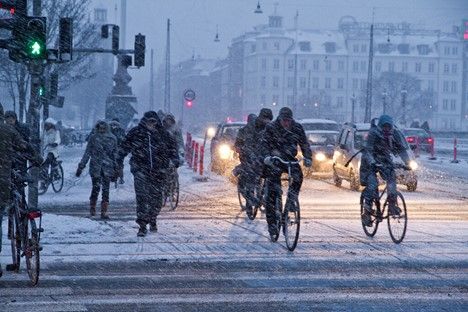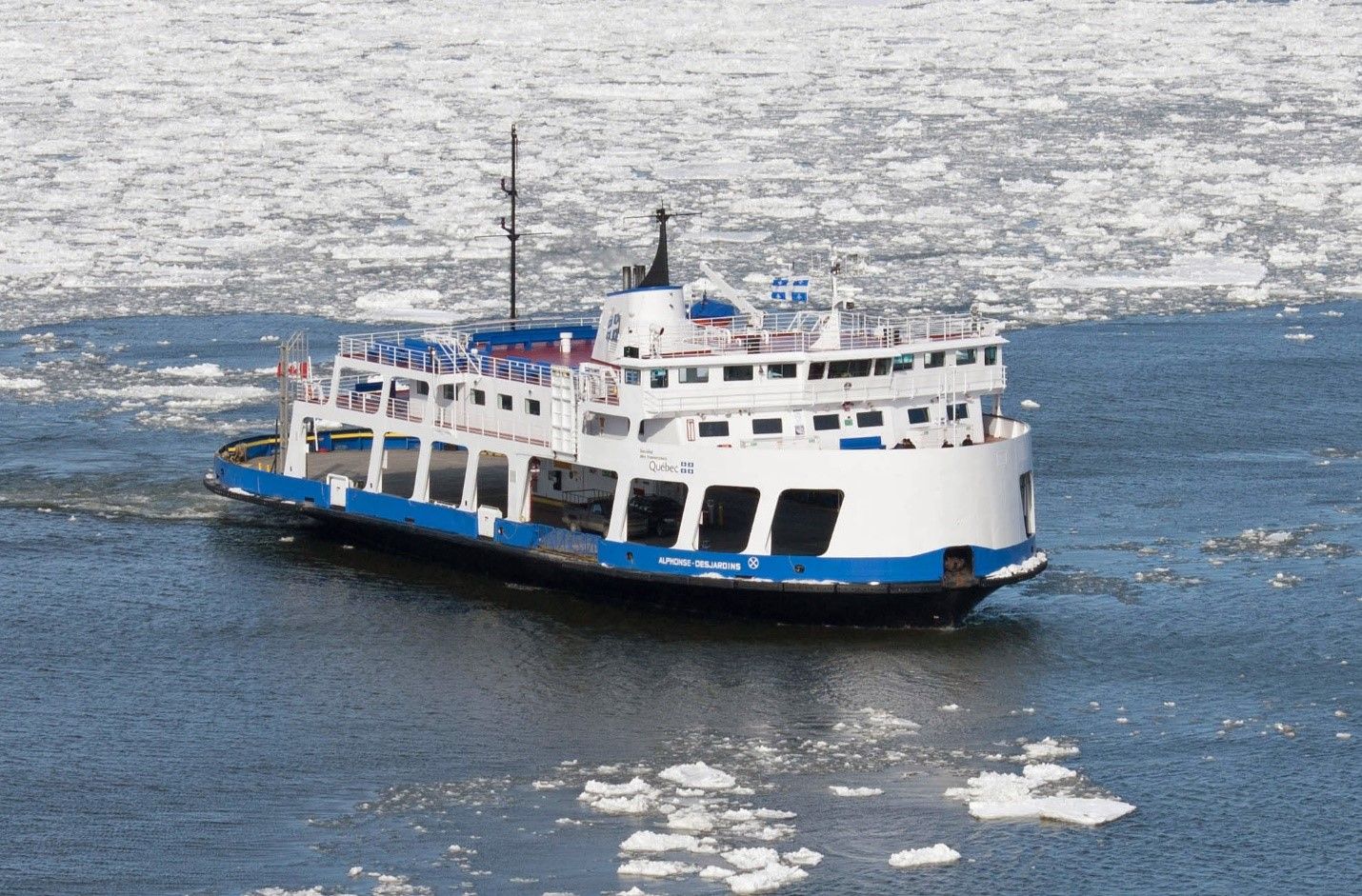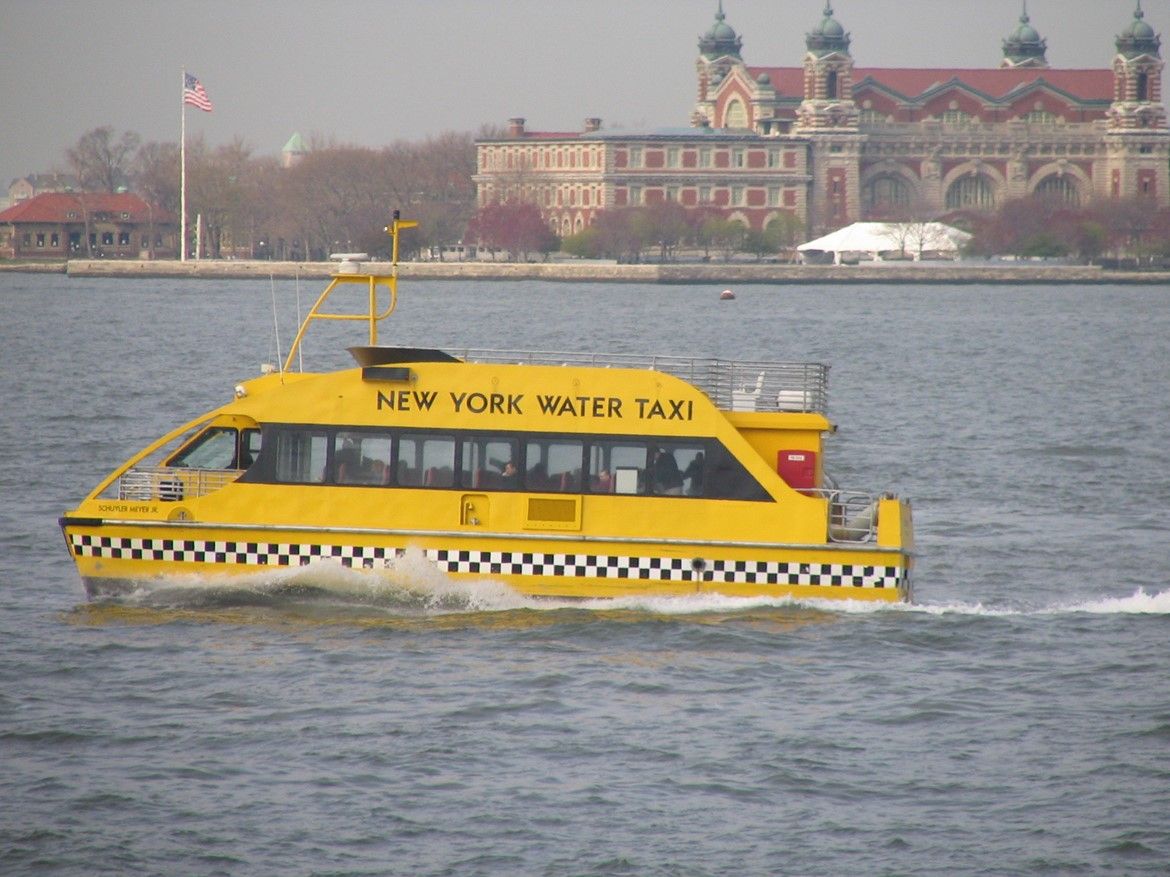There’s an old joke in Canada, that goes like this. There are two seasons. Winter, and Construction. Laughter ensues.
Ottawa is a city very much impacted by this duality. In colder months, our travel impediments are natural, freezing cold, heavy snow, and icy roads. In warmer times, these natural impediments are replaced by human created ones – namely, construction. Of course, construction actually occurs year-round, but its impacts in the winter are definitely less noticeable, with so much focus on the impacts of snow and ice.
That joke really makes me think, though. Sometimes, it does feel like there are only two seasons, at least in terms of the city’s transportation. In colder months, active transportation (with the exception of cross-country skiing on the Ottawa river pathway) seems to drop. Warmer transit, such as in cars of buses, perks up.
The city’s cycling counter data corroborates this thought.
We can see from the following graph the cyclical nature of cycling. As the city warms up, so too does the number of cyclists. As it cools down, the numbers drop into a deep trough.
Average cyclists per day, from Ottawa’s cycling counters.

Average cyclists per month

If we look at the average number of cyclists per month, the difference between the warmest months and the coldest is pronounced.
I am not here to discuss expanding winter cycling. The prospect of winter cycling is, I confess, unpleasant to me, and I would never ask people to do that if they felt the same. Let’s consider this A Tale of Two Cities: Winter Ottawa and Summer Ottawa.
The coldest and darkest months bring with them a host of transportation problems. School is in session. Most people are commuting to work. Senators games in Kanata clog up the highway on 41 nights. Not to mention the frequent snow storms and freezing rain that make traveling a slog.
By contrast, the warmer and lighter months make it easier for everyone to travel, no matter the method used. More people are biking and walking for everything from commuting to running errands. School is out, and many children are at home, or off at summer camp. People take road-trips, vacations, and the daily traffic on the road feels a lot less hectic.
In Ottawa, there are other changes to be considered between the two seasons. As the days grow longer and the temperature starts to fall, the canal is drained, to be converted to the world’s largest skating rink. As snow flies, sidewalks and bike lanes often lie completely covered in snow, effectively inaccessible.
The city itself does not change around us, but Winter Ottawa is fundamentally different than Summer Ottawa. Is it time to start considering novel approaches to our transportation system to compensate? I have a few ideas that I think are worth a second look.
SUMMER OTTAWA – ACTIVE TRANSPORT
Let’s begin with active transportation. As the cycling data from above shows, people are far more likely to make use of active transportation in the warmer months of the year. We can extrapolate this to include most forms of active transport, whether they are walking, roller-blading, skateboarding, or using thew newly introduced electric scooters.
Unfortunately for active transport users, the amount of space available is limited. Bike lanes and sidewalks are often narrow (especially bad during the COVID-19 epidemic), and they are not guaranteed on all roads. Pedestrian only spaces have been temporarily set up around the city, but they are few and far between.
When we consider the different traffic patterns, i.e. less cars and more active transport users in the summer, a question arises. Why does our city not make a switch to cater to all road users?
Many roads probably have too much capacity for the number of cars using them during this time. Think of the Sir John A. MacDonald parkway, with 2 lanes going in either direction. Or Carling Avenue, with up to six lanes in either direction, while running parallel and very close to the 417. Or the Albert/Slater corridor, suddenly bereft of buses. These streets could stand to lose at least one car lane for sure.
Flex space is not a new concept, but it has become more prominent during COVID-19. Even cities as car-friendly as Calgary have implemented new measures, closing parts of streets to vehicles, and allowing pedestrians and active transport users freedom of the lanes.
Ottawa already kind of implements this, closing lanes on the parkway Sundays in the summer for active transport use. But many cities, at least during COVID-19, have demonstrated the effectiveness of shutting down main streets for active use.
I do not have a list of streets that could be closed in Ottawa, and unfortunately the City does not have open data on vehicular traffic volume by day, the way the cycling data is available. However, we can use the data available as a starting point. Active transport rises in the summer. We could increase the amount even further by making it safer and more normalized.
WINTER OTTAWA – ACTIVE TRANSPORT
Let’s move over to active transport in Winter Ottawa. Again, looking at the cycling data and extrapolating, we can see a significant drop in the cold winter months. That said, a group of volunteers have pioneered a cross-country ski trail on top of a multi-use path in the winter months (http://www.wintertrail.ca/about/). This trail allows continued access to the Ottawa River, and can even allow users to commute to work or shopping, at least part of the way on skis.

This is the kind of thinking the city can get behind to improve active transport in the winter months. While we should never expect cycling and other forms of active transport to make up a significant portion of commuters while snow falls, cross-country skiing is the perfect example of a made-for-winter transportation solution.
Expanding the available trails, not just along the Ottawa River, but through the heart of the city, should be the next step. There are pathways along the canal and Rideau River that would make excellent trails, and long park spaces through the city, such as the Byron linear park, or Patterson’s Creek park.
Making it easier for people to get around without cars can also help alleviate a bit of the congestion we all face in the winter.

BOTH OTTAWAS – WATER-BASED TRANSPORT
Ottawa is a city that often feels handicapped by its rivers (the subject of another discussion). There are definitely not enough bridges, as evinced by the constant discussion of new bridges, truck tunnels, etc.
Bridges are an expensive proposition, and have been politically difficult, often opposed by residents and environmental groups. Many cities face similar issues. Examples abound of solutions. One example of a relatively simple solution is the SeaBus in Vancouver, a passenger-only ferry which runs between the cities of Vancouver and North Vancouver. In Toronto, ferries and water taxis take residents from the concrete jungle of downtown to the parklands on the Toronto Islands. Quebec City and Lévis have a year-round ferry service available.

While we wait for some more bridges to be built, why don’t the cities of Ottawa and Gatineau consider year-round ferry crossings? The five bridges that cross the Ottawa river are all centrally located, funneling traffic through downtown and environs. Ferry crossings could be built further out, say connecting Kanata with Aylmer, or Orleans with far eastern Gatineau.

Beyond the inter-provincial crossing, both Ottawa and Gatineau face their own hurdles with water. The amount of crossings over the Rideau Canal, Rideau River, and Gatineau River, are limited. They form natural choke points for traffic, whether it is car, bus, train, or active.
The first concept I have in my head is making use of the canal while it has water in it for transport. A “bus-boat” could be implemented by OC Transpo to connect people from the rapidly growing Little Italy area, at Dow’s Lake, with Lansdowne/ Bank Street, and downtown. Transport options along this route are few and far between (shout out endless Trillium line construction), for example, most buses run on a north-south axis, rather than east-west through here. This would also improve the connections Lansdowne has with the rest of the city, as Bank street is often a nightmare for traveling on.
For that matter, why are water taxis not a thing. Imagine being able to hail a “cab” at Carleton and sail straight up to Tavern on the Falls, or directly to the Rideau Centre. At least in the summer, when the river and canal are not frozen over, this could at least add some novelty to our transit systems.

NON-TRANSPORT RELATED THOUGHTS
Ottawa is awesome in the summer. When it's warm out, the world is your oyster, and walking all over is wonderful. Not to mention, patios, farmers markets, and street vendors add a touch of life to the city.
It’s time for Ottawa to start embracing the winter too. Typically, it seems the city goes into a sort of hibernation during the winter, as darkness descends early and the amount of outdoor events slows. This year, there are promising signs, even if they are only due to COVID-19. For example, patios are allowed to remain open during the winter, and outdoor heaters are a “hot” product this season.
Adding a level of normalcy with regards to going out in the winter will do a lot for the businesses that have been affected the most during the on-again, off-again quarantine. Extending patio season into the winter is most definitely a nice way to live up to our winter-city name.